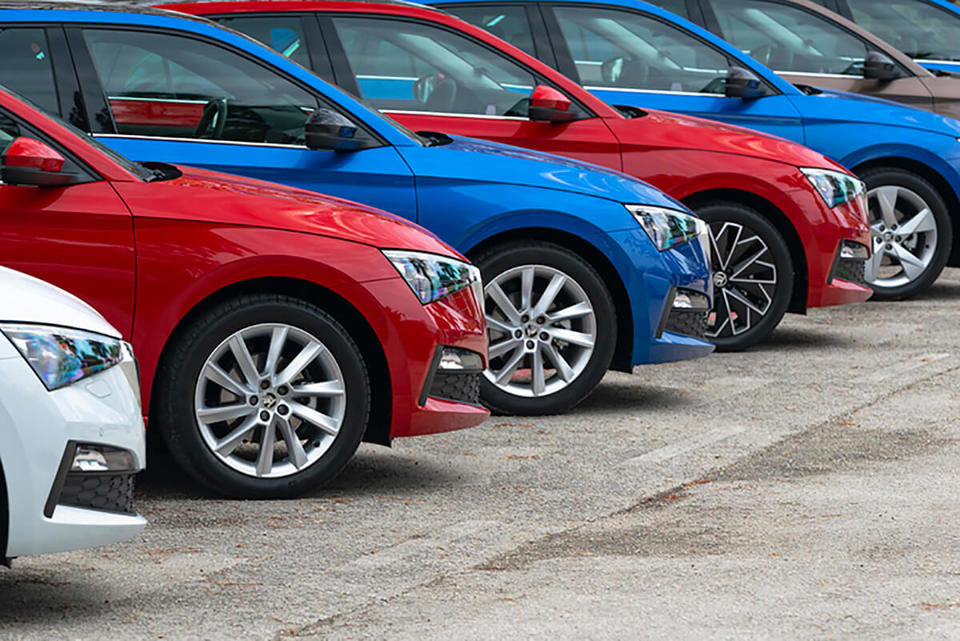Wholelife costs – employee benefits
To calculate the total cost of operating each vehicle in your fleet over a given mileage, you need to consider not just the purchase price. You’ll also need to take account of the Whole Life Costs – in other words, the total costs of running and owning the vehicles.
The list price is no indication of the whole life cost of running a company car.
Key components needed to calculate a car's whole life cost include its purchase or rental cost, residual value, maintenance costs, fuel costs, fuel consumption and taxation.
Factors such as the lease rental restriction, NIC costs and fuel can account for as much as 30-40% of a vehicle's cost envelope, according to Martin Brown, managing director of Fleet Alliance.
"If businesses are just looking at the list or rental price, then they are potentially not taking that 30-40% into the equation, and could be making the wrong choices for the wrong reasons," he said.
“Factors that need to be taken into consideration include the combination of the lease rental restriction and capital allowances, the funding method, CO2 emissions, residual values, fuel usage, length of term and size of fleet. Only then will the true cost picture appear,” he added.
According to Ford, Car A may seem like a bargain if it costs £1,000 less than Car B. However, if Car A then costs £3,000 more to run over a given period, when taking into account depreciation, servicing and fuel, then Car B will be the more cost-effective option.
It is possible for two cars with the same list price to have completely different whole of life costs.
Traditionally businesses have worked to reduce their fleet costs by restricting vehicle choice, negotiating better terms with their supplier or manufacturers or using a panel of suppliers and opting for the provider that offers the cheapest monthly rental for each vehicle they require.
These methods can generate initial benefits but, over time, these are eroded away and can result in other issues such as a complicated network of fleet suppliers to manage or a negative impact on staff motivation through an increasingly restricted policy or introduction of lower status vehicles.
The Whole Life Costs take into account all the related factors over the holding period: the acquisition price (not P11D price), level of depreciation, servicing and maintenance costs, plus running costs – including likely fuel expenditure. They’re the only accurate way of calculating the true cost of running a vehicle.
There are a number of elements to consider in arriving at a whole life cost:
• Vehicle list price (P11D)
• Actual purchase price including discount
• Capital allowances set by CO2 value
• VAT – what amount can you recover?
• Corporation Tax reduced by CO2 value
• Depreciation over the term
• CO2 emissions of the vehicle
• Fuel consumption
• Employers NI contribution
• Insurance
• Service, maintenance & repair costs
• Residual value
Other considerations
• The CO2 emission value of a vehicle becomes the major influence on Whole Life Costs, and if the value is over 160 g/km, your costs will be considerably affected
• Fuel consumption is the other major influence as not only will this reduce your fuel costs but it will also affect the depreciation and final residual value of the vehicle
Taking these two factors into consideration means that your business can afford better, higher specification vehicles, with the same or lower tax impact for your drivers.
You need accurate Whole Life Costs if you’re to make the most cost-effective decisions when acquiring fleet vehicles. Well informed businesses can make considerable savings by managing the whole life costs of their vehicles.
Taking a whole life cost approach can have a real impact on your fleet spending.
Hitachi Capital recently undertook a whole life cost review for a leading utilities provider.
Its analysis revealed that, by limiting the CO2 emissions of available vehicles to a maximum of 160g/km and taking into account Class 1A NIC, a saving of more than £600,000 a year could be made. This equated to a saving of more than £62 per vehicle per month.
A whole life cost approach offers many benefits. These can include:
• A true indication of fleet costs
• Control of your bottom line spending
• Lower CO2 emissions across the fleet
• Increased staff motivation















Amjid Ali - 07/02/2018 12:32
Very Informative articles. Site answers all questions relating to Fleet management. Keep up the good work